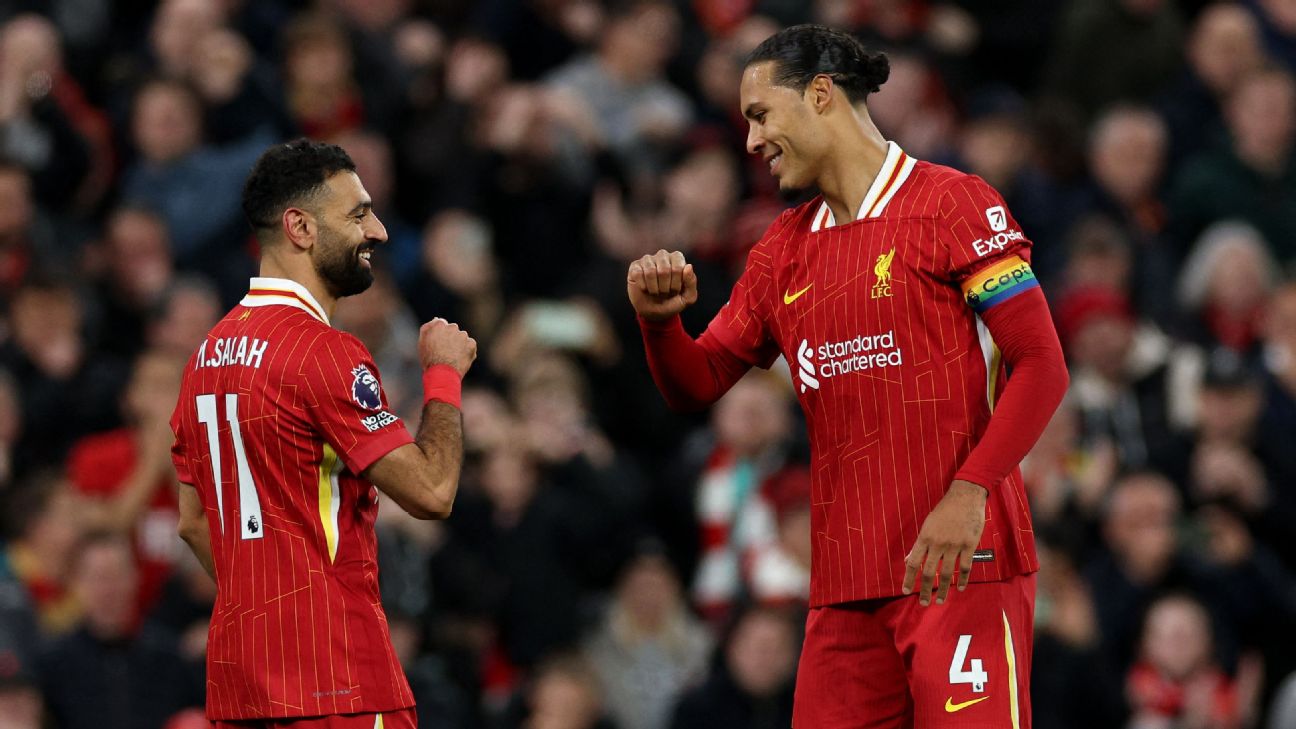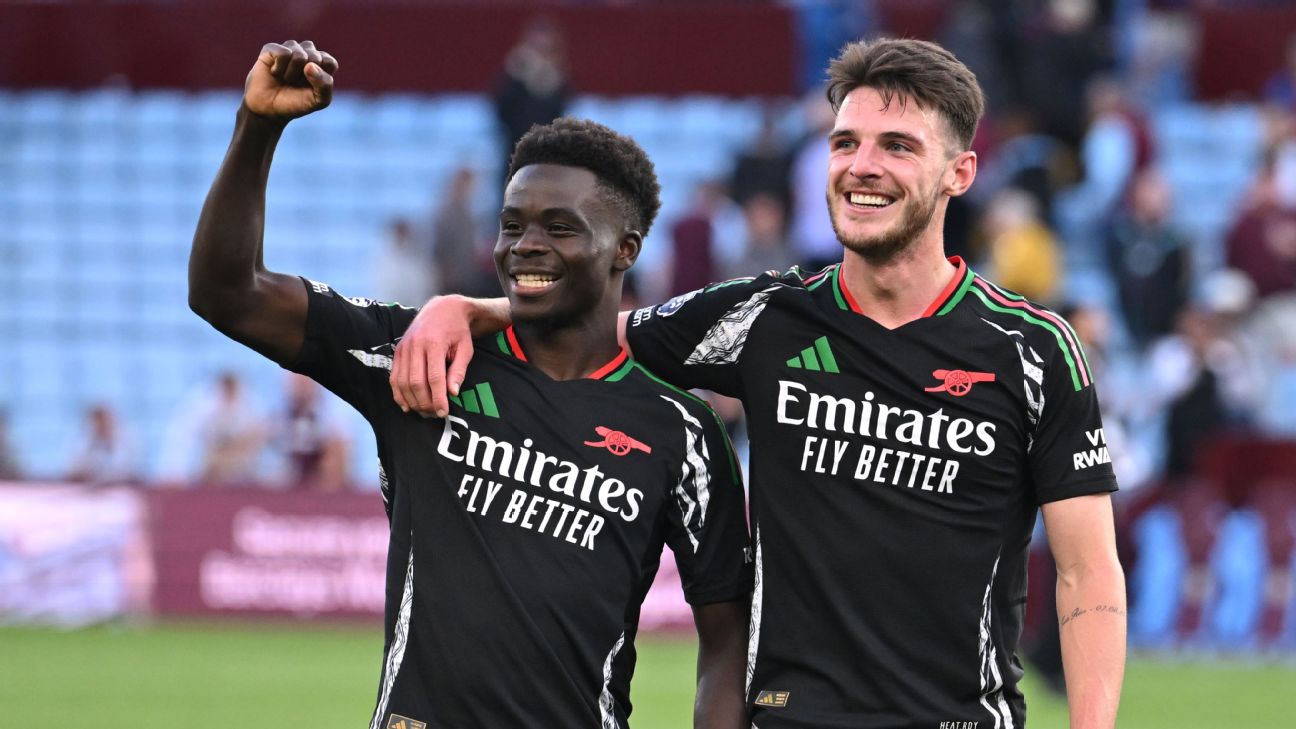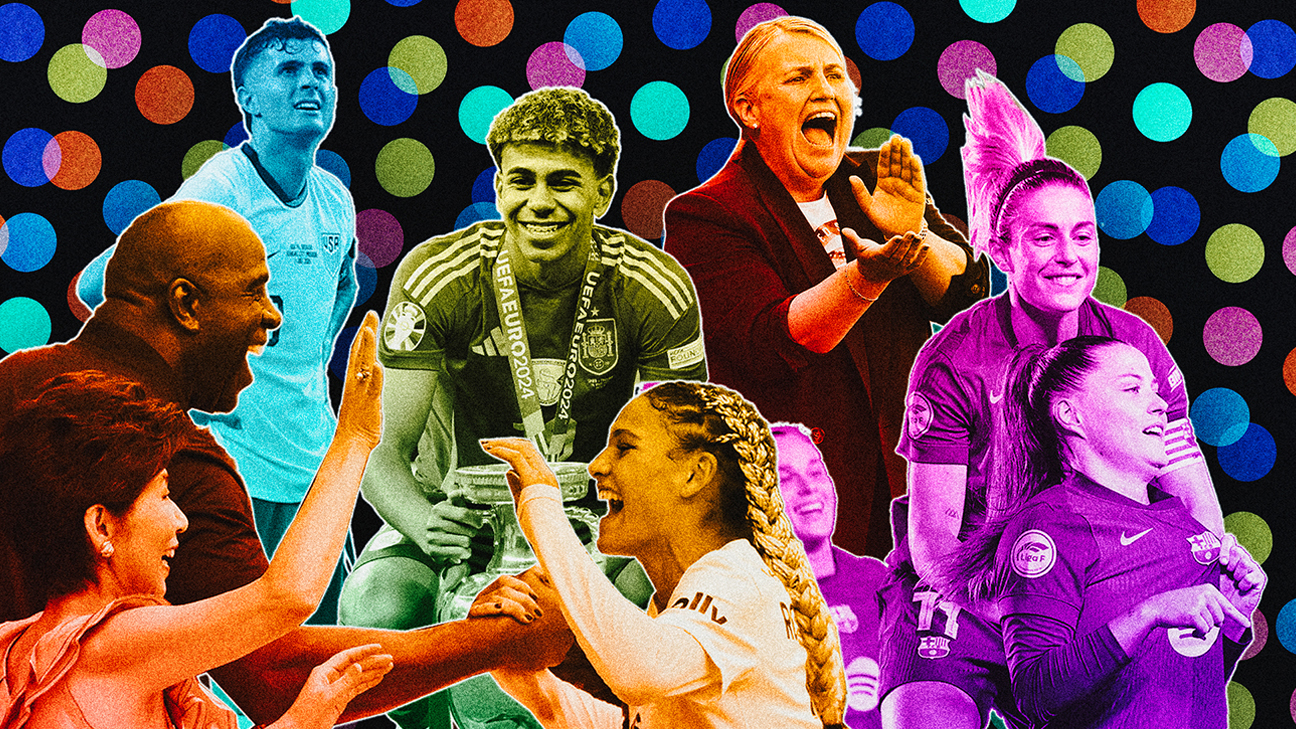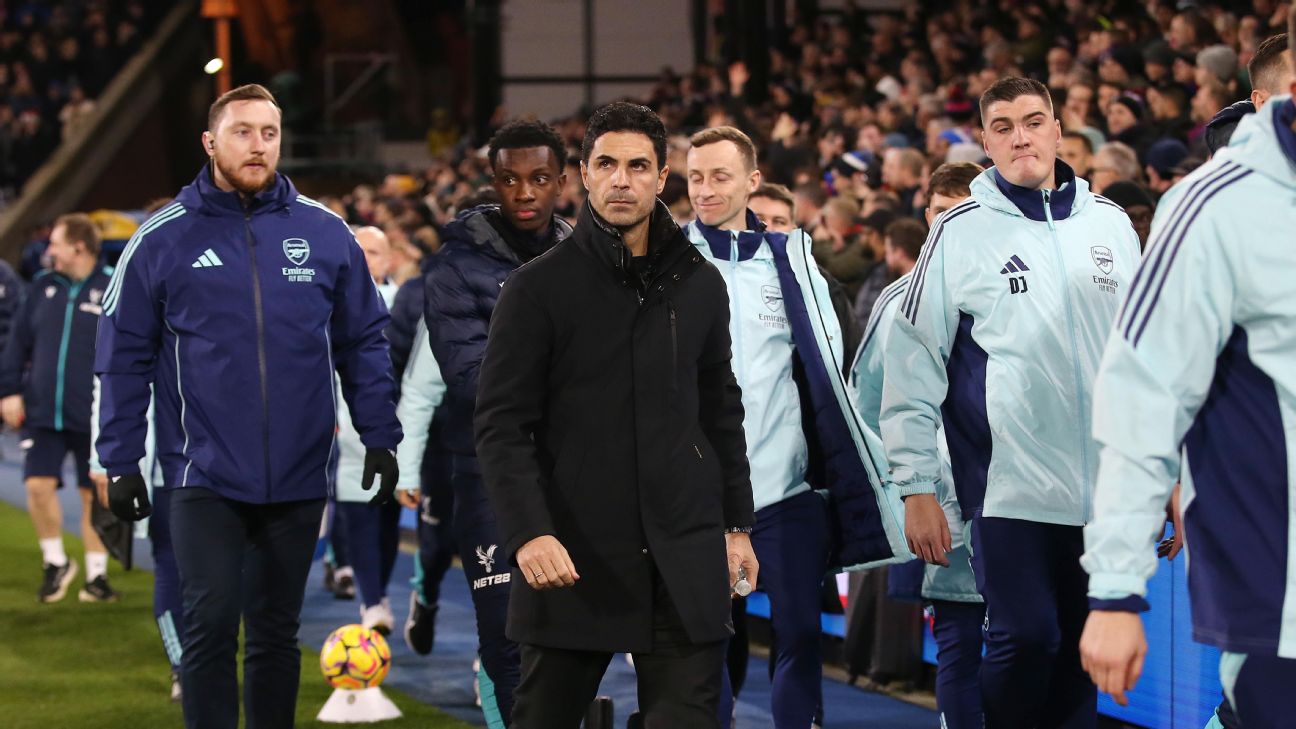In hindsight, the decision to put Rodri first in our preseason Premier League Top 50 looks … even better.
For the first time in Pep Guardiola’s eight seasons with Manchester City, they are genuinely in crisis. Not only have they lost five of their past seven and now sit nine points back of first-place Liverpool, but there are no obvious short- or long-term fixes. Other than, well, for Rodri to (A) get healthy and (B) be as good as he was before he tore his ACL against Arsenal earlier this season.
The Rodri situation shows just how difficult it is to assess individual player value in soccer. We’ve grown more confident in Rodri’s incredible value — by watching Rodri’s team playing without Rodri.
And if Rodri was the difference between Manchester City being the best team in the world and Manchester City being, at best, the third-best team in England, then what does that say about his teammates and the other star players across the Premier League?
To try to answer those questions, we’re back with this season’s third edition of the Premier League Top 50.
A quick update on our methodology
The initial rankings were made up of a combination of each player’s crowd-sourced transfer value, a blended metric that looked at individual statistics and team performance with that player in and out of the lineup, and my own subjective opinions.
You can consider that our “prior,” or the initial assumption for each player’s value. With each passing ranking, I’m giving less value to that player’s preseason ranking, but I’m not totally ignoring it either. These players all have performance track records that extend far beyond this season, and totally ignoring that would lead you to a place where, say, you’re arguing that Chris Wood is one of the best strikers in the world and Phil Foden wouldn’t start for the U.S. men’s national team.
As I did last time, I’ve removed any players who are out injured for at least a month. That means we’ve seen some movement from our previous ranking — goodbye to Ben White (ranked 18th), Alisson Becker (19), Ibrahima Konaté (33), Diogo Jota (44) and Yankuba Minteh (49). For performance-related reasons, the Manchester City trio of Ilkay Gündogan (42), Jack Grealish (37) and Jérémy Doku (36) is also off the list.
All right, now let’s get to the rankings! Included with each player’s position and club is how his rank has changed from our previous Premier League Top 50 in September.
 50. Matheus Cunha (unranked), forward, Wolverhampton
50. Matheus Cunha (unranked), forward, Wolverhampton
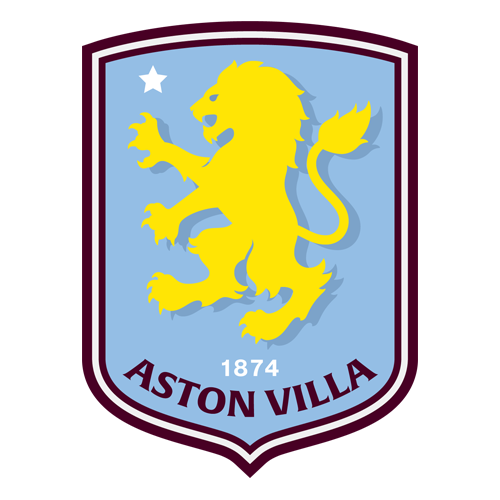 49. Youri Tielemans (unranked), midfielder, Aston Villa
49. Youri Tielemans (unranked), midfielder, Aston Villa
He’s not doing much without the ball, but after spending most of last season as a reserve, Tielemans has played nearly every minute of every league game for Villa. He’s leading all midfielders in progressive passes completed, and he has added 0.3 expected goals+assists per 90 minutes.
Not since his first half season with Leicester has he been this productive in both buildup play and around the goal.
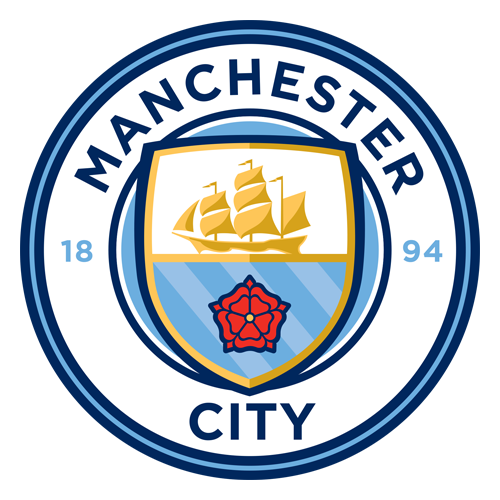 48. Kyle Walker (unchanged), fullback, Manchester City
48. Kyle Walker (unchanged), fullback, Manchester City
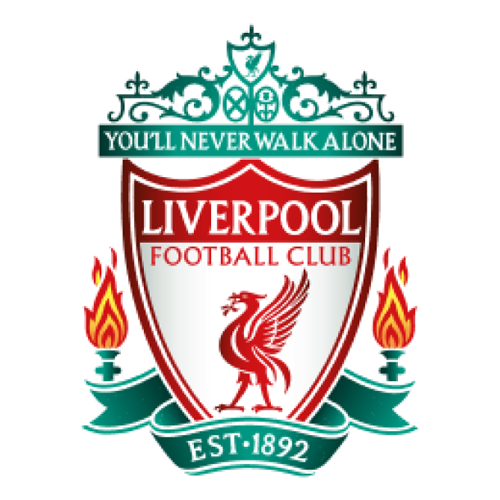 47. Andrew Robertson (down 22), fullback, Liverpool
47. Andrew Robertson (down 22), fullback, Liverpool
It sure seemed like he’d lost his job to Kostas Tsimikas a couple of weeks ago — only for the Greece captain to suffer a foot injury right as he’d finally broken into the starting XI for the first time in his five years at Liverpool.
At 30, Robertson doesn’t have the same physical range that he used to, and he has had some really bad moments defensively — most notably against Bukayo Saka, who is a nightmare for everyone, and Lucas Vázquez, who is, um, not that. But in possession, pinching infield much more often than he used to, Robertson is still a huge contributor.
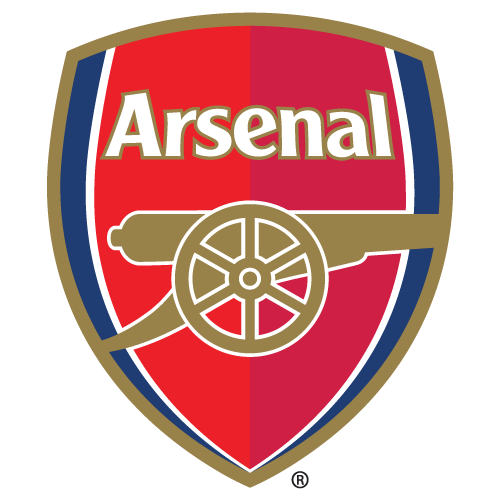 46. Gabriel Martinelli (down 8), winger, Arsenal
46. Gabriel Martinelli (down 8), winger, Arsenal
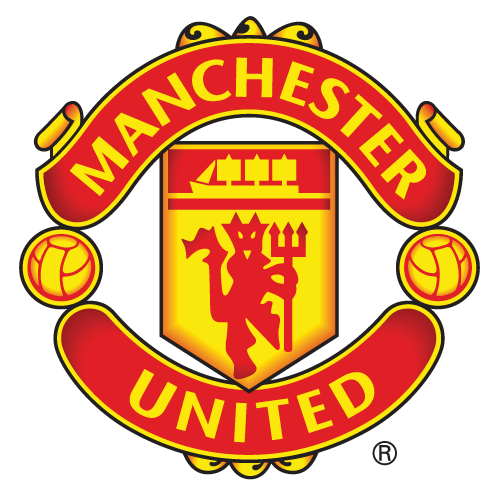 45. André Onana (unranked), goalkeeper, Manchester United
45. André Onana (unranked), goalkeeper, Manchester United
Quietly, Onana has been the best goalkeeper in the league so far this season.
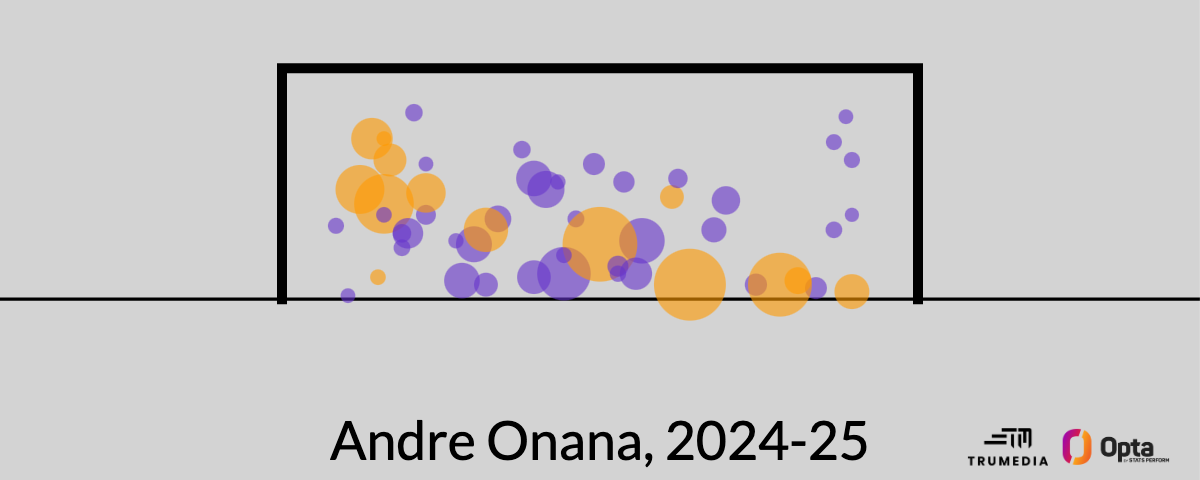
While last season was a combination of high-profile mistakes and ridiculous saves, the 28-year-old hasn’t made a single error leading to a goal this season. Faced with the same shots as Onana, the average keeper would be expected to concede 20.7 goals. So far, Onana has allowed just 15 — more than two goals better than the next-best keeper.
 44. Darwin Núñez (up 6 spots), forward, Liverpool
44. Darwin Núñez (up 6 spots), forward, Liverpool
 43. Cody Gakpo (unranked), forward, Liverpool
43. Cody Gakpo (unranked), forward, Liverpool
 42. Dejan Kulusevski (unranked), attacking midfielder, Tottenham
42. Dejan Kulusevski (unranked), attacking midfielder, Tottenham
He kind of does a little bit of everything, so he doesn’t really stand out if you look at any individual stat. However, a catchall metric like Opta’s expected possession value rates Kulusevski ahead of everyone other than Arsenal’s Bukayo Saka and Manchester City’s Savinho when it comes to doing things that increase his team’s chances of scoring a goal.
The reason he’s not higher: He can’t get shots. Through 13 matches, he’d attempted only 18 shots — fewer per game than Casemiro, who is a defensive midfielder.
 41. Jan Paul van Hecke (up 3), center back, Brighton
41. Jan Paul van Hecke (up 3), center back, Brighton
 40. Curtis Jones (unranked), midfielder, Liverpool
40. Curtis Jones (unranked), midfielder, Liverpool
 39. Brennan Johnson (unranked), winger, Tottenham
39. Brennan Johnson (unranked), winger, Tottenham
Johnson is the inverse of Kulusevski. The former is incredibly skilled and tactically sound and creative, but he’s so slow. Johnson is none of the first three things, but he is absolutely one of the fastest soccer players in the world.
Although he’s playing on the wing, Johnson is fourth in the league for non-penalty expected goals — after three players who rate much higher on this list. Of course, we’ve seen plenty of wingers score tons of goals over the past 15 years, but Johnson isn’t one of these high-volume, high-touch wide forwards you run your team through. No, you run your team through everyone else — and then you have Johnson beat the opposition defenders to finish off a ball played to the far post.
 38. David Raya (up 5), goalkeeper, Arsenal
38. David Raya (up 5), goalkeeper, Arsenal
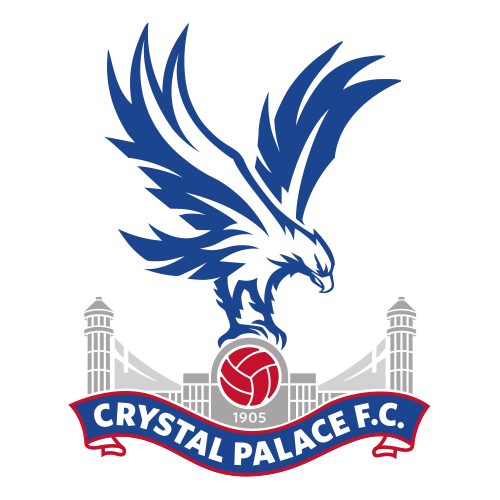 37. Eberechi Eze (down 10), attacking midfielder, Crystal Palace
37. Eberechi Eze (down 10), attacking midfielder, Crystal Palace
 36. Emiliano Martínez (down 15), goalkeeper, Aston Villa
36. Emiliano Martínez (down 15), goalkeeper, Aston Villa
Only two goalkeepers in the Premier League have saved fewer goals than expected than the reigning Yashin Trophy winner. Shot-stopping numbers can be pretty volatile over not just a few months but even over a full season. So, we’re not going to ding Dibu too much just yet, but it’s at least something to keep an eye on.
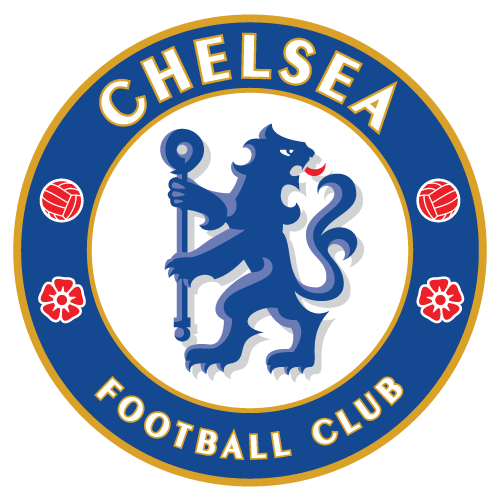 35. Enzo Fernández (up 11), midfielder, Chelsea
35. Enzo Fernández (up 11), midfielder, Chelsea
He fell out of Chelsea’s starting lineup, nearly dropped out of the Top 50, regained his place in the XI and returned to right about where he was in the rankings when the season started.
 34. James Maddison (up 6), attacking midfielder, Tottenham
34. James Maddison (up 6), attacking midfielder, Tottenham
 33. Levi Colwill (unranked), center back, Chelsea
33. Levi Colwill (unranked), center back, Chelsea
Chelsea are back to being one of the best teams in the league. Through 14 games, I’d have them rated third after Liverpool and Arsenal. During that stretch, Colwill had played almost every minute of every game before being rested this week against bottom-of-the-table Southampton.
 32. Savinho (up 2), winger, Manchester City
32. Savinho (up 2), winger, Manchester City
Beyond Rodri’s injury, Kevin De Bruyne’s age and the cratering defense, Manchester City’s other biggest issue is that their wingers can’t score. Jeremy Doku, Jack Grealish and Savinho all rank in the top 10 of the Premier League for progressive carries and carries into the penalty area. But they’ve combined for only two goals. John Stones — remember him? — has scored as many by himself.
So, that’s why Grealish and Doku have fallen off the Top 50 for now. Savinho, though, has generated more xG than those two combined and just generally seems much more efficient with his touches.
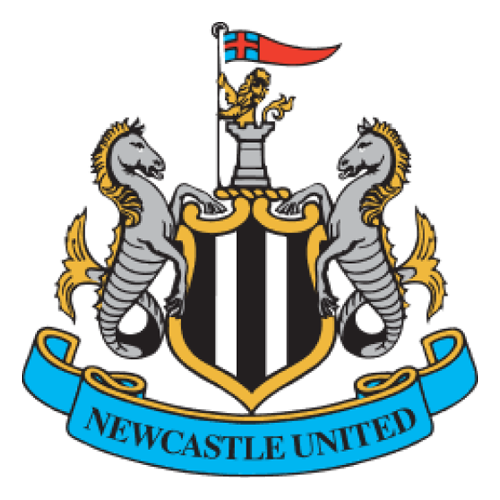 31. Alexander Isak (down 3), forward, Newcastle United
31. Alexander Isak (down 3), forward, Newcastle United
 30. Kai Havertz (up 1), forward, Arsenal
30. Kai Havertz (up 1), forward, Arsenal
For as polarizing of a player as he is, Havertz is remarkably consistent. His xG+xA numbers per 90 minutes over the past four seasons: 0.54, 0.51, 0.54, 0.53.
 29. Rúben Dias (down 14), center back, Manchester City
29. Rúben Dias (down 14), center back, Manchester City
 28. Manuel Akanji (down 4), center back, Manchester City
28. Manuel Akanji (down 4), center back, Manchester City
 27. Josko Gvardiol (down 4), defender, Manchester City
27. Josko Gvardiol (down 4), defender, Manchester City
Ranking all of the Manchester City players was the hardest part of this exercise.
While it’s really difficult to come to any remotely objective conclusion about the comparative qualities of players across the league, doing so in the Premier League was a lot easier when Liverpool, Arsenal and Manchester City were all way better than everyone else. In that world, it was safe to assume that the majority of the Top 50 should come from players on these teams. Now, Arsenal are a bit worse, City are way worse and Liverpool are a bit better than they were last season.
On the one hand, it seems unfair to penalize other City players because of the injury to Rodri, Guardiola’s insistence on maintaining a small squad and KDB’s inability to stay healthy. But if City are so much worse without Rodri all of a sudden, then I think it means two things: (1) Rodri is even better than I thought, and (2) a lot of his teammates are worse than I thought.
 26. Dominik Szoboszlai (up 6), midfielder, Liverpool
26. Dominik Szoboszlai (up 6), midfielder, Liverpool
If you combined his minutes with Curtis Jones’ minutes, then you’d have someone I’m dropping inside the top 20. It’s still not even quite clear which of the two is the first-choice starter; Jones started against Real Madrid, while Szoboszlai did the same against Manchester City. Although the Hungary international’s attacking numbers aren’t anything special this season — one goal, one assist — the amount of running he does off the ball is second to none. Liverpool are the best defensive team in England, and he’s one of the biggest reasons.
 25. Ollie Watkins (up 5), forward, Aston Villa
25. Ollie Watkins (up 5), forward, Aston Villa
 24. Bryan Mbeumo (up 5), forward, Brentford
24. Bryan Mbeumo (up 5), forward, Brentford
 23. Cristian Romero (down 3), center back, Tottenham
23. Cristian Romero (down 3), center back, Tottenham
 22. Phil Foden (down 14) attacking midfielder/winger, Manchester City
22. Phil Foden (down 14) attacking midfielder/winger, Manchester City
Just based on this season’s performance, he probably doesn’t belong in the Top 50. But before the season, I had him ranked fourth. So, we’re splitting the difference and plopping him right around the middle of the Top 50.
 21. Bruno Guimarães (down 11), midfielder, Newcastle United
21. Bruno Guimarães (down 11), midfielder, Newcastle United
 20. Bernardo Silva (down 4), midfielder, Manchester City
20. Bernardo Silva (down 4), midfielder, Manchester City
 19. Ryan Gravenberch (up 21), midfielder, Liverpool
19. Ryan Gravenberch (up 21), midfielder, Liverpool
Liverpool are favorites to win both the Premier League and the Champions League. Three of their players have featured in at least 1,000 league minutes so far: Virgil van Dijk, Mohamed Salah and Gravenberch. In fact, the 22-year-old Dutchman has started every league match and played more often than everyone other than VVD.
He probably should be higher, but I’m still letting my preseason expectations play a role in these rankings
 18. Kaoru Mitoma (up 8), winger, Brighton
18. Kaoru Mitoma (up 8), winger, Brighton
 17. Alexis Mac Allister (up 5), midfielder, Liverpool
17. Alexis Mac Allister (up 5), midfielder, Liverpool
 16. Nicolas Jackson (up 19), forward, Chelsea
16. Nicolas Jackson (up 19), forward, Chelsea
He has one fewer non-penalty goal+assists than Erling Haaland. Funnily enough, his underlying numbers are almost exactly the same as last season’s: 0.74 xG+xA per 90 in ’23-24, up to 0.77 this season. You could’ve seen this coming if you wanted to.
 15. Gabriel Magalhães (up 2), center back, Arsenal
15. Gabriel Magalhães (up 2), center back, Arsenal
 14. Moisés Caicedo (up 25), midfielder, Chelsea
14. Moisés Caicedo (up 25), midfielder, Chelsea
Here’s the top 10 for expected possession value added among players across Europe’s Big Five Leagues who are classified as defensive midfielders by Opta:
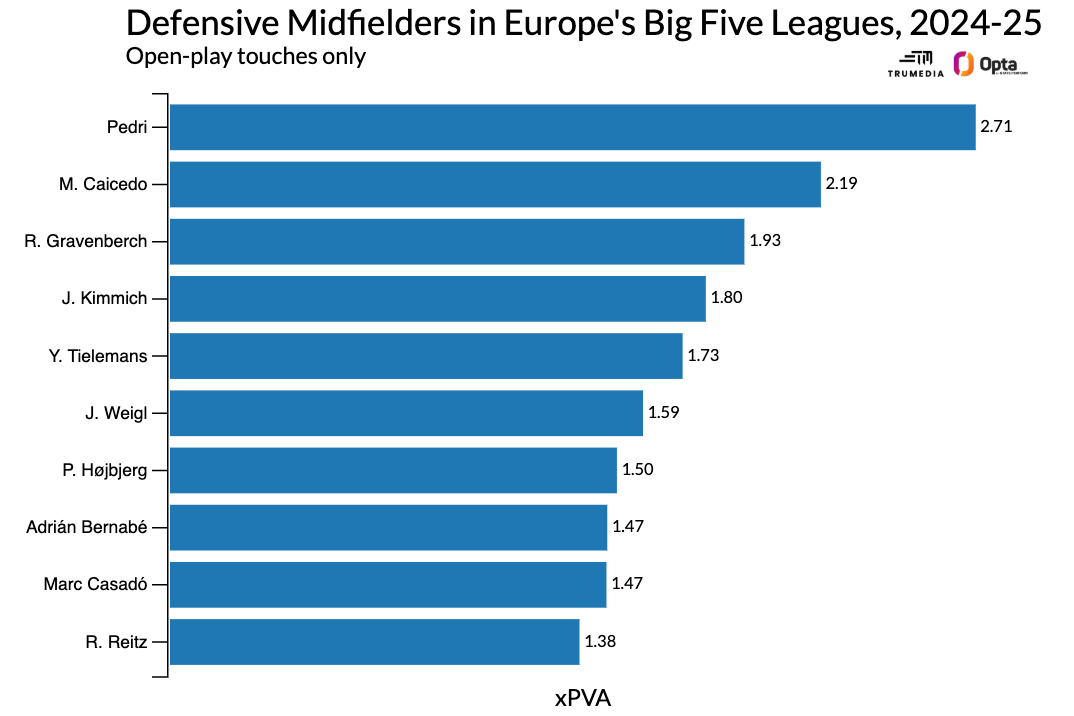
I’m not willing to stretch far enough to say that Pedri is actually a defensive midfielder, and that leads me to the following statement: Moises Caicedo has been the best defensive midfielder in the world through the first third of this season.
As with Gravenberch, the only reason he’s not higher is my preseason prior.
 13. Kevin De Bruyne (down 9), attacking midfielder, Manchester City
13. Kevin De Bruyne (down 9), attacking midfielder, Manchester City
I’d been waiting for him to return to Manchester City’s starting lineup and magically fix all of their attacking issues. That pretty much happened in the win over Nottingham Forest, but until he actually strings together a consistent run of starts, we’ve got to slide him outside of the top 10.
 12. Son Heung-Min (up 2), forward, Tottenham
12. Son Heung-Min (up 2), forward, Tottenham
 11. Luis Díaz (up 2), winger, Liverpool
11. Luis Díaz (up 2), winger, Liverpool
 10. Bruno Fernandes (up 2), attacking midfielder, Manchester United
10. Bruno Fernandes (up 2), attacking midfielder, Manchester United
Two goals, three assists in his first five league matches without Erik ten Hag. And with that, he’s already ahead of last season’s goal-contribution rate.
 9. Declan Rice (down 1), midfielder, Arsenal
9. Declan Rice (down 1), midfielder, Arsenal
The first couple months of his season got thrown off by red cards and injury, but I’m expecting Rice to come on strong over the second half of the season as Arsenal tries to close the gap on Liverpool.
 8. William Saliba (down 1), center back, Arsenal
8. William Saliba (down 1), center back, Arsenal
 7. Virgil van Dijk (down 1), center back, Liverpool
7. Virgil van Dijk (down 1), center back, Liverpool
I might have to just start copy-and-pasting some version of this statement into future editions: VVD and Saliba are amazing — clearly the two best central defenders on the planet — and I’d have no issue with either of them landing much higher on this list.
 6. Trent Alexander-Arnold (down 1), fullback, Liverpool
6. Trent Alexander-Arnold (down 1), fullback, Liverpool
The TAA-as-midfielder experiment is mostly over. After touching the ball in the middle third about 50 times per game over the past two seasons, his number has dropped all the way down to 31 this season. His progressive-passing numbers are significantly down, and he’s simply just touching the ball way less often, too.
But I think those numbers are a representation of how Liverpool’s approach has shifted with the managerial change from Jurgen Klopp to Arne Slot. While there used to be an emphasis on quantity — overwhelm the opposition with turnovers, through balls, high pressures, shots — there’s now a focus on quality: slower positions, fewer positions, strategic pressing, rarely any attempts from outside the box.
So, while Alexander-Arnold isn’t doing as much, he still played the field-breaking passes in their two biggest games of the season:
Against Manchester City, he did it from where we saw him for much of last season: in the midfield.
In case that wasn’t enough, Liverpool looked horrible for about 70 minutes against Newcastle — until Alexander-Arnold was subbed on and created an assist in less than 60 seconds and then another one 15 minutes later.
 5. Cole Palmer (up 6), attacking midfielder, Chelsea
5. Cole Palmer (up 6), attacking midfielder, Chelsea
These are all of the players in Europe who have at least five non-penalty expected goals, five expected goals assisted and 75 progressive passes:
– Cole Palmer
That’s the list. He’s 22. The limit: the sky.
 4. Martin Odegaard (unranked), attacking midfielder, Arsenal
4. Martin Odegaard (unranked), attacking midfielder, Arsenal
Odegaard has completed 63 progressive passes so far this season — third most on Arsenal and just 11 fewer than Thomas Partey’s team-leading total. The big difference: Partey has played over 1,000 minutes, while Odegaard hasn’t even broken the 600-minute mark yet. He’s arguably the most important player in the league who didn’t just win the Ballon d’Or.
 3. Bukayo Saka (unchanged), winger, Arsenal
3. Bukayo Saka (unchanged), winger, Arsenal
In Odegaard’s absence, you saw two things happen with Saka. He upped his shot volume, but at the expense of his shot quality. However, he also started creating more chances and better chances than ever before. Through 14 games, his passes have been converted into goals at an absurd rate (10 assists, most in Europe), but he’s still leading the Premier League in expected goals assisted with 5.1.
In other words, Saka did what truly great attackers do: shift his production to fit the needs of the team. It’ll be fascinating to see what happens with Odegaard back in the side: Does Saka maintain his productivity level while losing some creativity but gaining some goal scoring? Or might he maintain his added assist power and also start to get on the end of even better shots with Arsenal’s creator-in-chief playing next to him?
 2. Erling Haaland (down 1), forward, Manchester City
2. Erling Haaland (down 1), forward, Manchester City
It feels like a down season, but Haaland is actually averaging more expected goals per 90 minutes (0.82) than in either of his previous two seasons. In fact, he’s averaging more expected goals than all but three other players in the Premier League are averaging when you combine their expected goals and expected assists.
We do this every year. Haaland goes through a shooting slump, people wonder what’s wrong, and then he scores four goals in a single game. Expect that to happen again sometime soon.
 1. Mohamed Salah (up 1), forward, Liverpool
1. Mohamed Salah (up 1), forward, Liverpool
Across the 38-game era of the Premier League, the record for goals+assists in a single season is shared by Haaland in 2022-23 and Thierry Henry in 2002-03 with 44. Salah’s best tally was 42, in his first season with Liverpool. This season, he’s on pace for 35 goals and 22 assists.
With Liverpool already looking likely to win the Premier League and as likely as any team to win the European Cup, Salah seems like the front-runner for the Ballon d’Or. And who could argue with that? Through the first three-plus months of the season, Liverpool’s 32-year-old right winger has been the best player in the world.
